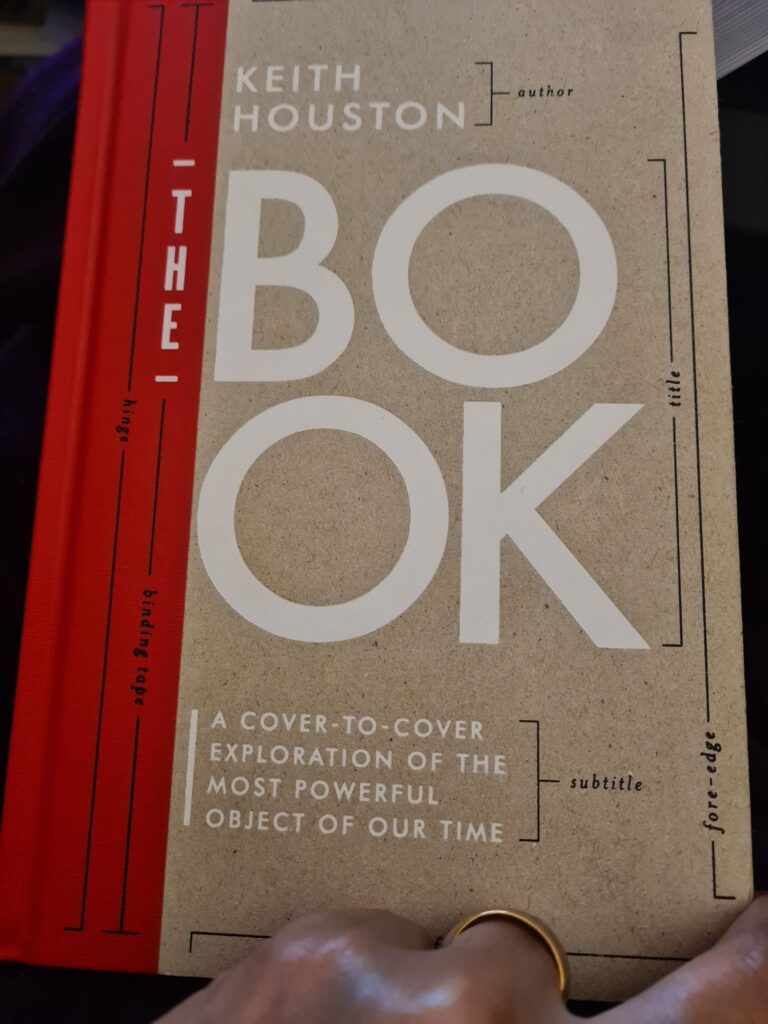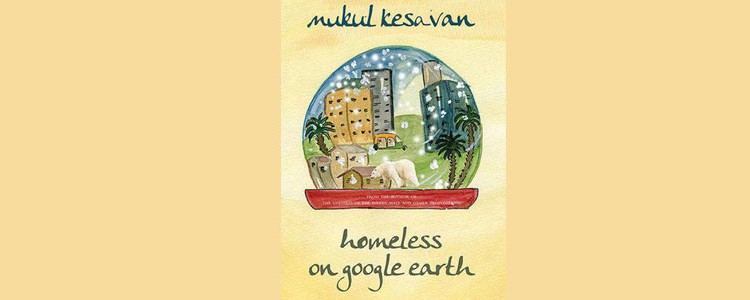
( My review of Mukul Kesavan’s book Homeless on Google Earth was published in the Hindu Literary Supplement today, 5 Jan 2014. The online version is available at: http://www.thehindu.com/books/books-reviews/lucid-yet-forceful/article5538031.ece. The review is c&p below as well.)
Mukul Kesavan Homeless on Google Earth Permanent Black, Ranikhet Cantt., India, 2013. Hb. Pp. 315. Rs. 595
In India we bank on time and forgetfulness to paper over the great rents in our history. They help but can’t do the job by themselves. (p.252)
As a consumer of news, you could be forgiven for thinking the Indian elections are ideology-free. Pundits in the press and on the television news channels are always saying that votes are bought, coalitions are constructed out of caste fractions, politicians defect, political parties swtich sides with frictionless ease, and the policies contained in party manifestos are irrelevant to the democractic process because they are never seriously discussed. Add up these defects and what India seems to have by way of elections is the mechanism of representative government without the large ideological contestation that is, or ought to be, a democracy’s reason for being. (p. 237)
“The electoral impact of the controversy over the reinstatement of Section 377 of the Indian Penal Code might be small, but the political significance of the positions that parties have taken on the decriminalization of homosexuality is considerable.” The opening lines of Mukul Kesavan’s latest column—“A political prism – What the different parties’ positions on 377 reveal”. In one sentence, clearly and sharply, scholar-journalist and historian, Mukul Kesavan, has encapsulated the furore that has dominated recent news but also pithily analysed it, forecasting the impact it will have politically; powerful words, especially on the eve of General Elections in India and after the four state election results were announced. Hence it is not surprising to discover that the web link to this article has been shared, reposted and discussed furiously in social media platforms. In fact, during the last elections, he was often spotted on television channels as a panellist, offering his independent, strong, thought-provoking and well-articulated opinion.
Homeless on Google Earth is a collection of 58 essays, most of which seem to have been written recently, judging by their subject. Mukul Kesavan teaches history at Jamia Milia Islamia, a university in New Delhi. In these opinion pieces, he covers a range of topics—his identity in “No place like home”, book launches, literary festivals, travelling to Kruger National Park with Amitav Ghosh, Bollywood, technology, gender issues, travelogues, education and political commentaries that cover topics like Israel, Gaza, Ceylon/Sri Lanka, Tibet, Kashmir, naxalism, the pogroms in India of 1984, 1992 and 2002, communal violence, elections and terrorism. The essays in the book are well arranged. They start from the easy-to-read, light and sometimes hilarious essays like “Consuming wildness in Kruger”, to the grim, sober and chilling commentaries on police encounters at Jamia Milia Islamia (“Presumed Innocent”); on naxalites (“Operation Green Hunt”); and communal hatred (“Vox Pop and Varun Gandhi” and “Accounting for the Dead”). He is a genuine historian who marshals his evidence to bolster his arguments in tautly structured essays manifesting his splendid command of English. Without undermining the intelligence of his readers, his arguments are is lucidly and simply expressed.
Homeless on Google Earth is about important events in contemporary political, social events in India and aspects of society that usually go unnoticed, like the women taxi drivers or the peculiar social space of society that in which MSM exists in. But read at a sitting, the essays can become very tedious. They are a collection of writings published at various times, originally meant to be read one at a time. When collected as a book, their rhythm and organization can seem to have a dull sameness. But unless one has followed Mukul Kesavan’s columns and other writings, one will not know that the essays were written at different times as there are no dates for them in this book, an unexpected oversight from a historian.
At a time when mainstream papers are slowly going out of business or moving actively and aggressively to online spaces, the vaccuum steadily being replaced by citizen journalists, online and at times armchair activism, voices of opinion makers like Mukul Kesavan are valuable. He is rational and sound. He does not seem to be swayed by majority sentiments, and is acutely aware of his academic discipline which he brings to bear on the issues dealt with here. One may not agree with his point of view but it is presented forcefully yet courteously and without shrillness. It is important for such voices to be heard more often. They reach out to a range of people and ideological groups. The historian E.J.Hobsbawm said in his public lecture in Delhi 2004, that earlier society used to change at a pace that allowed people at least a generation to respond and adapt to it. But recently change has been so rapid that we are having to do this adjusting and adapting in the space of a decade or less. At this speed it becomes imperative to have rational thinkers to actively participate in civil society, as Mukul Kesavan has done in these essays.





